From The Front Steps Project to The 6 Foot Shoot, family photographers across the United States have been using the ongoing lockdown as an opportunity to capture moments of joy and togetherness amid an uncertain time.
These viral photoshoots, created from a distance, from the porch, or even through the window, have reminded us that even now, milestones are happening behind-the-scenes in every household, and they’re all worth capturing and remembering.
Family photography is defined in part by trends—most recently, “first look” wedding photos, filmlike edits, or classic monochrome color schemes—but the last few months have reminded us that as much as things change, they also stay the same. For many communities right now, family photos have served as a reminder of what’s most important: spending time with loved ones and making the most of our circumstances.
For those just getting into the business—and seasoned pros looking to brush up on the fundamentals—here are our essential do’s and don’ts for creating family photos that stand the test of time, now and in the future.
Do: Find your niche
Family photography is a broad genre, comprising an array of sub-genres ranging from couples and wedding shoots to maternity, birth, and newborn sessions. While many photography businesses cover several areas, it’s worth learning the ins and outs of your target market.
If you’re interested in newborn photography, for instance, you’ll need to educate yourself on safety measures and infant care, while getting acquainted with some of the accessories of the trade, like comfy bean bags for posing or macro lenses for those close-up details.
If, on the other hand, your passion is wedding photography, it helps to know that elopements and destination weddings are trendy these days, and for that reason, it’s worth getting familiar with your local landscapes, sites, and vistas. In 2019, for example, searches on destination weddings in the mountains went up by 32% on Pinterest, and interest in “elopements in forests” rose as well, with more couples looking to say their vows in unusual locations.
Try new things to diversify your income, but at the same time, stay plugged into the genre that’s closest to your heart. Shoot the kinds of photos you want to get hired for in the future, and show off your portfolio to potential clients as you grow.
Don’t: Skimp on your location
Speaking of forest and mountain wedding photography, locations are key for any family session. The ideal spot is both beautiful and familiar, so ask your clients if they have any favorite haunts or parks. Not only will they feel more at ease and in their element, but the photos will also be unique to them, unlike the standard photos they see on friends’ social media. Of course, you can always work inside the family home; in-house photos will remind them of this stage in their lives for years to come.
Do: Know your gear
The beauty and challenge of family photography is in its unpredictability; when you’re working in other people’s homes and environments, you won’t always have control of the lighting conditions, so it’s doubly important to understand your gear.
You can take family photos with any camera of your choice, from a DSLR to a mirrorless camera, but it’s worth shooting in manual mode for a few reasons. First, kids are fast, so you’ll want control over your shutter speed to avoid motion blur, and secondly, you might have to raise your ISO in low-light conditions.
A fast lens with a wide aperture will give you more options and freedom than a slow one, so that’s something to consider. Invest in a solid camera body and a few reliable interchangeable lenses, and you should be good to go. Prime lenses like the classic “nifty-fifty” or an 85mm are good places to start.
The more comfortable you are with your settings, the easier it’ll be for you to change them on the fly, while focusing on what matters most: the family. Practice with your own friends and family until it becomes second nature.
Don’t: Discount film
Film photography can be more expensive and labor-intensive, but it also results in one-of-a-kind images. Soft, nostalgic film photos are especially popular in wedding photography these days, and it’s one trend that will never go out of style. Of course, you can still work digitally; just remember to grab a few of those dreamy film snaps too.
Do: Practice photographing groups
Although many of your family photos will be more intimate, most clients will request a standard group shot, especially if you’re documenting an event like a wedding, graduation, or birthday. Try out different lenses, and don’t be afraid to experiment with friends; look for glass that’s wide enough to get everyone in the frame but not so wide the edges start to look wonky.
If you have people standing at different depths, and you need everyone to be in focus, use a smaller aperture for a wider depth of field, or avoid the issue altogether by asking everyone to stand in a straight line. In that case, set your focal point on the person in the middle, and have each person line up with their neighbor. The only drawback to this method is that these images might look more static, so you’ll have to get creative to add interest and depth with different layers and gestures.
A small step ladder can also be handy for getting the right angle in group shots. Get low, then get high. Practice moving people around and arranging them in straight lines, in rows, back-to-back, etc. to see what works; that way, when you’re working with clients, you’ll have some go-to poses to recommend. It can also help to have an assistant on set when the groups are on the bigger side; one person directs, and the other focuses on the photos.
Do: Get to know the family
This might be the most important tip of the bunch; if you’re not working with your own family, take the time to learn about the people you’re photographing. Ask them about how they met and how they spend their time; if you can, meet with them in person (sans camera) to discuss their expectations and goals for the shoot. If you can’t meet up, send over a survey or questionnaire.
When it comes to children, this step is crucial. Show up with your camera in the bag to start, and introduce yourself; you can even bring a favorite toy or snack (with the parents’ permission, of course) or request they bring something of their own. Ask questions, and listen to the answers. Kneel down to their eye-level. Let the kids check out your camera and see how it works; show them the photos as you take them, and invite their feedback.
Another way to get to know the family right off the bat? Ask if they have any old family photos they love. You can use those as inspiration even incorporate them into your shoots by having the family recreate vintage moments. These kinds of images can be a great way to include multiple generations and memories in a single image.
Don’t: “Say cheese”
This approach almost always results in forced, artificial smiles. Instead, look for real moments of joy and surprise. Make jokes to create a casual, fun atmosphere. Ask them to recount funny stories or anecdotes. Encourage your clients to act as they normally would and do the things they enjoy doing, whether it’s cooking dinner together or playing tag in the backyard. Check out this guide to family photo ideas to get your creative juices flowing.
Do: Create a shot list
The best way to avoid disappointment is to brainstorm poses and ideas with the family before the shoot. Bring some examples of photos you’ve taken in the past (or photos you love), and ask what they like about them. From there, draw up a detailed shot list. Some clients might have specific moments, poses, and settings in mind (see our wedding photography checklist here), and others might need more direction and guidance.
Don’t: Forget your style guide
Most families need help choosing what to wear, so feel free to send them a quick style guide with do’s and don’ts for the session. In general, you’ll want to avoid heavy or distracting patterns and textures, and you’ll want to ensure everyone is comfortable and can move around freely. Logos are another no-go, but classic, timeless hues work well. Look for complementary, harmonious colors that aren’t too matchy-matchy (unless that’s the look they want).
That’s not to say you have to avoid pops of color, especially since bright colors are having such a “moment” in the worlds of fashion and photography. It just means that those colors should enhance the family’s story, not detract from it.
You can download a family photoshoot style guide online or create your own. It might vary depending on the family and their aesthetic and theme, so invite their input. An autumn photoshoot outdoors, for instance, will have a different wardrobe than a cozy indoor shoot for the winter holidays. Ask about meaningful details or accessories they might want to include, like a family heirloom, favorite blanket, or wedding rings.
Do: Remember your lighting patterns
You can use any light source you want, from an off-camera flash to natural window light, depending on what your client wants, but in general, softer light works well for family photographs. If the light is too harsh, go ahead and diffuse it with curtains, fabric, or a studio softbox. Backlighting has also been popular lately, especially for weddings, so consider scheduling your shoot for the golden hour.
It’s worth brushing up on popular lighting patterns like butterfly lighting and Rembrandt lighting for flattering photos of individuals and small groups, and of course, make sure you get those catchlights in the eyes.
Catchlights can come from windows or a diffused flash, but they always give that “spark” of life to the people in your photos—an essential element in family photography. Keep a reflector on hand to bounce some light back into the face (gold reflectors work well for getting that warm look that’s popular in family portraits).
Do: Leave room for improvisation
In recent years, family and lifestyle photographers have transitioned from posed, formal portraits into a more photojournalistic approach. Last fall, Your Perfect Wedding Photographer in the UK named “reportage/documentary photography” as one of their top trends. While many families might still want the standard “family portraits,” most also crave those authentic, unplanned moments that might unfold throughout the course of the shoot.
In between poses, look for those small, candid, and often overlooked interactions and exchanges between loved ones. Allow kids to play, take breaks, or show you around. Let the family dog on set. A natural, spontaneous shot they didn’t even know they wanted could end up being their favorite of the bunch.
Don’t: Forget your family
When spending time with your own family members, keep your camera within reach. Collaborating with those closest to you will not only give you practice and training, but it’ll also result in some of your most enduring images. Don’t wait for the milestones or big events; even a rainy day at home can serve as inspiration for a photoshoot.
Let the kids be kids, and take some pressure off yourself; not every photo has to be perfect, and sometimes the raw, imperfect ones are the most valuable. Get into the habit of slowing down and observing the beauty of your everyday life and surroundings; it will help you notice those special moments when working with other families as well. Finally, jump in the frame yourself; these are memories you’ll want to hold on to.
Do: Foster long-term relationships
As a photographer, you’re in a unique position to be part of a family’s history, and that’s something to nurture and value. A couple whose engagement you photographed could come back again and again for wedding photos, maternity photos, and more. These relationships can last for decades, and in many cases, they lead to referrals, testimonials, and new clients.
Go the extra mile for the families you photograph, whether that means offering them a custom, printed album or providing a “day after” photoshoot as part of a package deal. Connect them with other professionals, like wedding planners or venues, to make their lives easier. When you’re done, check-in and send out a customer satisfaction survey. Their feedback will form the cornerstone of your business going forward, so thank them for their time.
Not on 500px yet? Sign up here to explore more impactful photography.


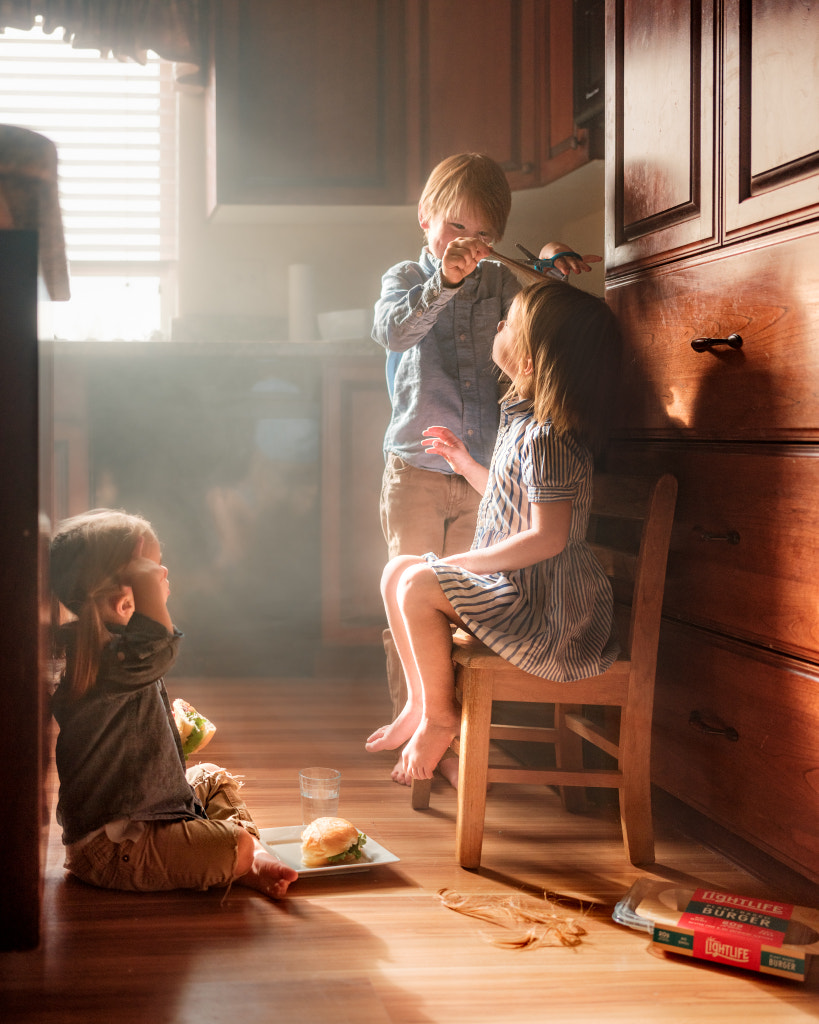
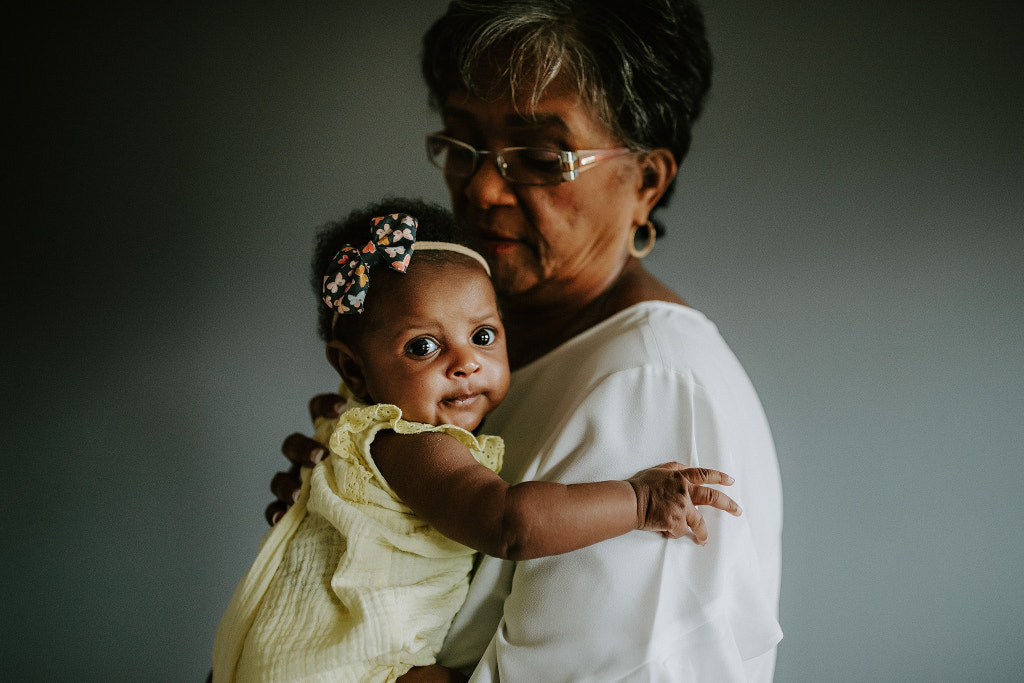

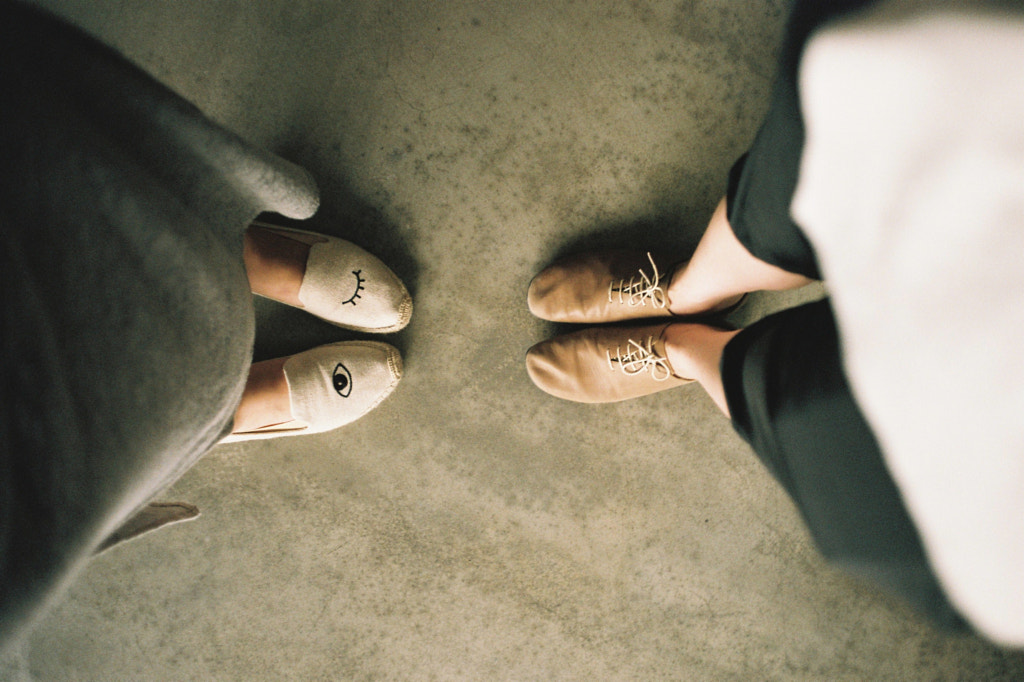


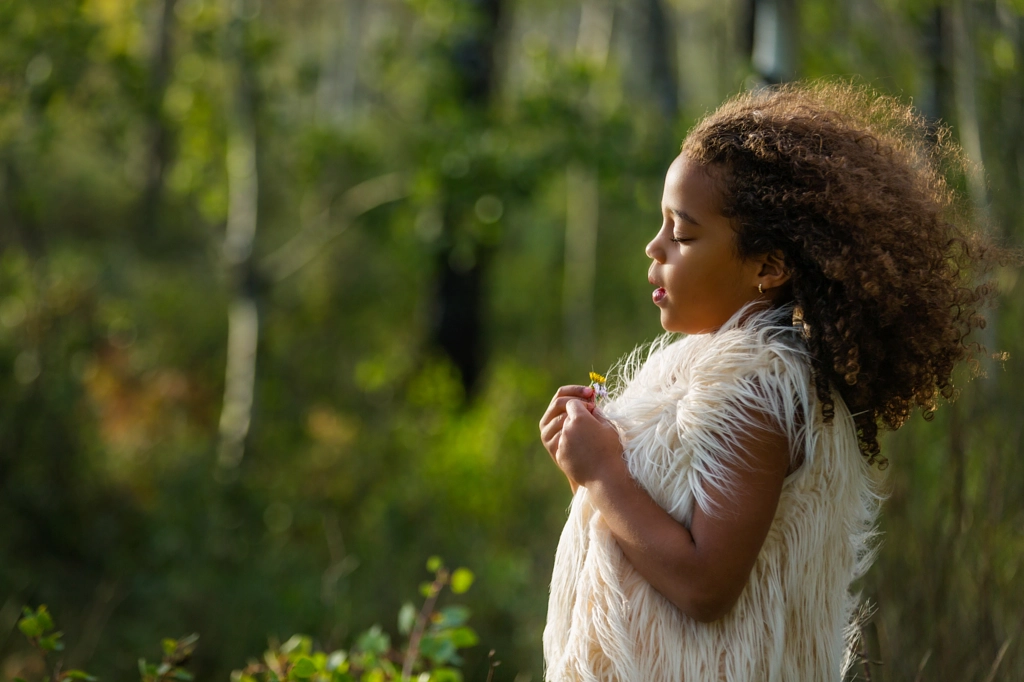

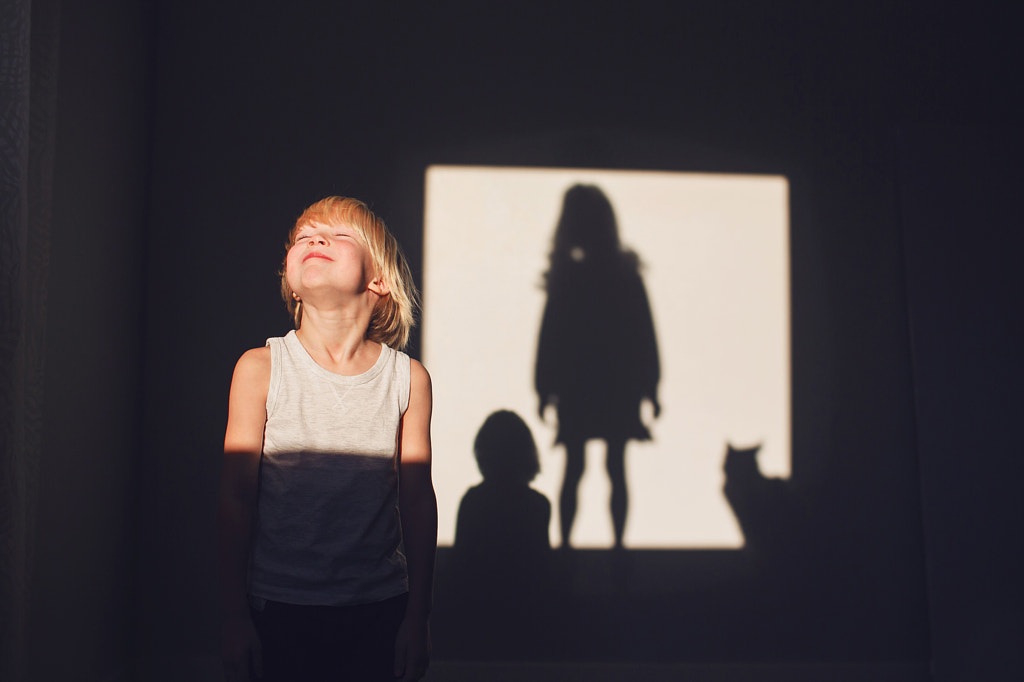
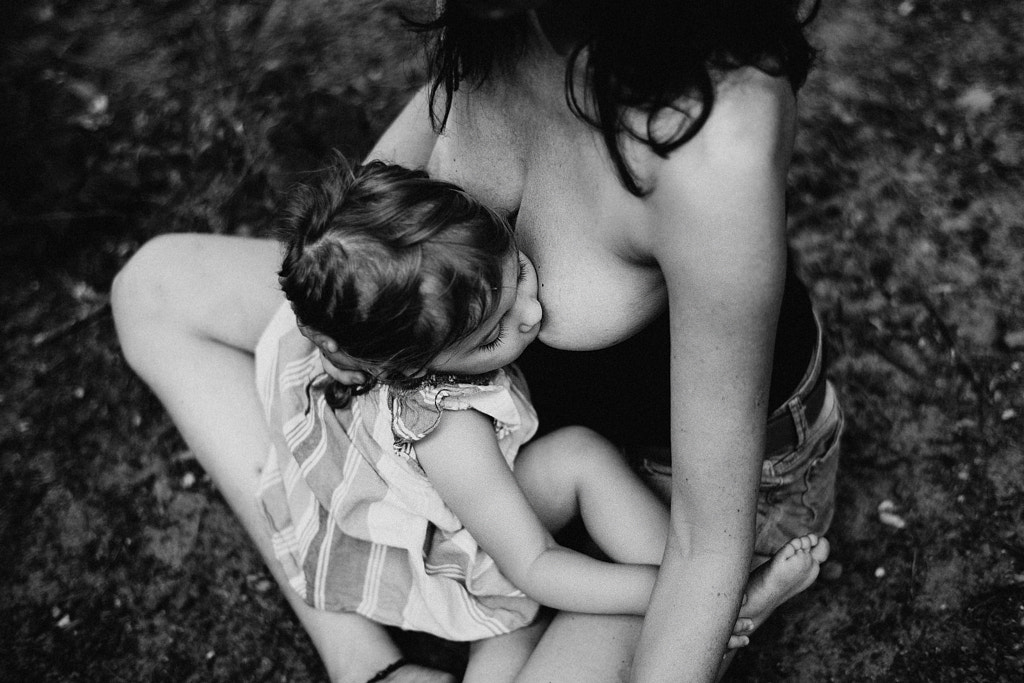
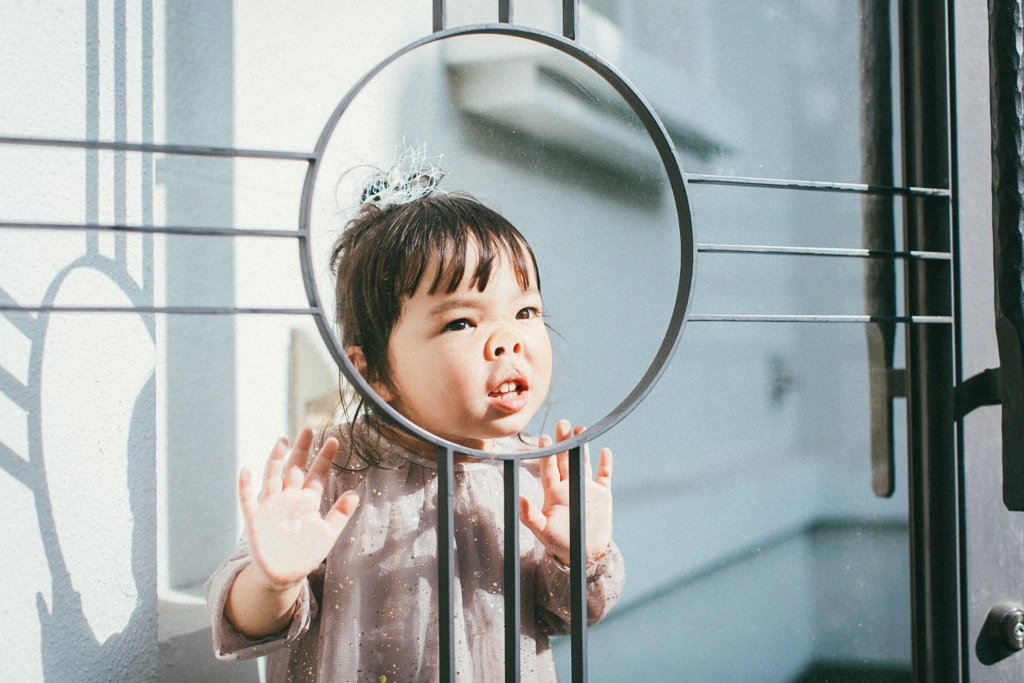




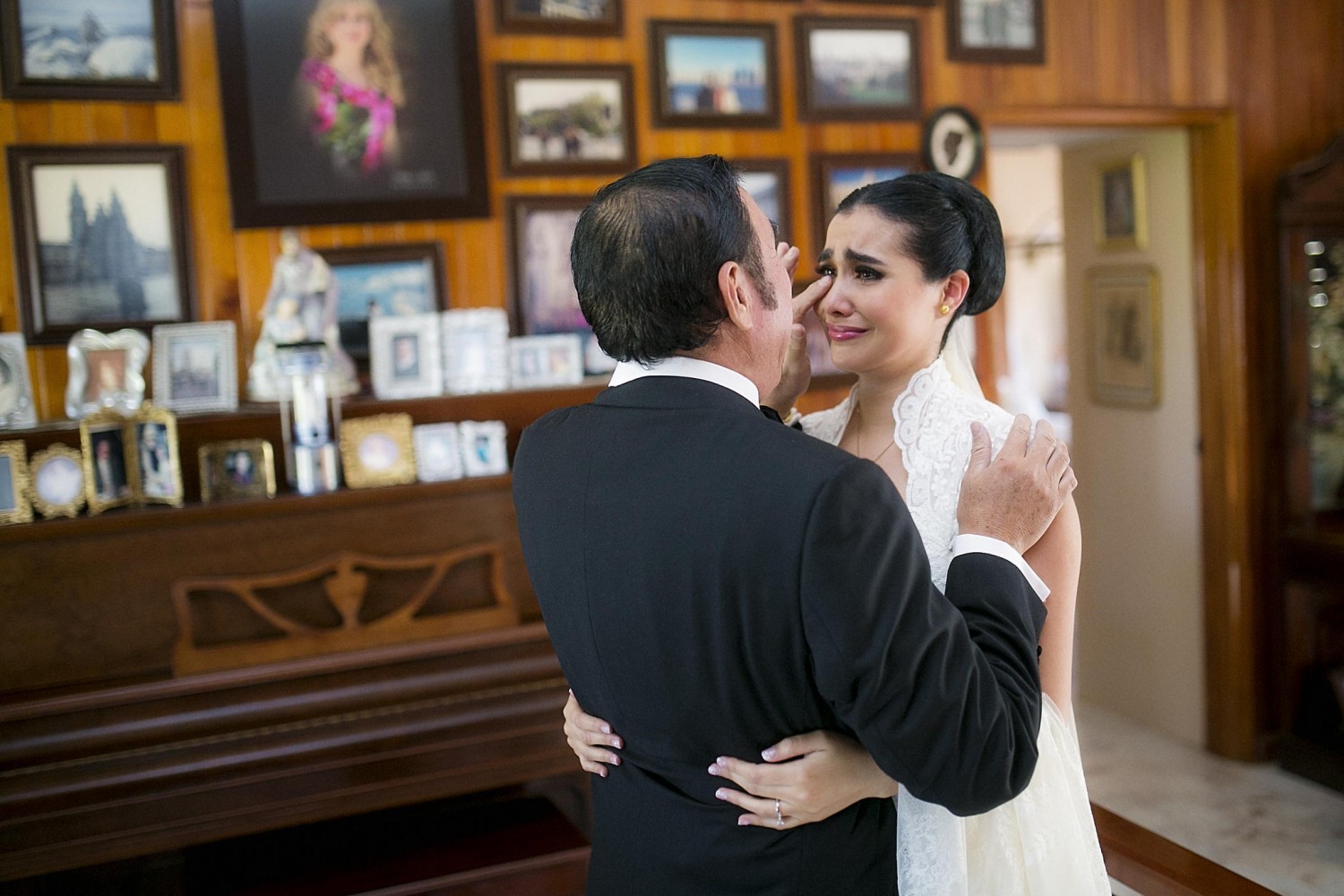

Leave a reply